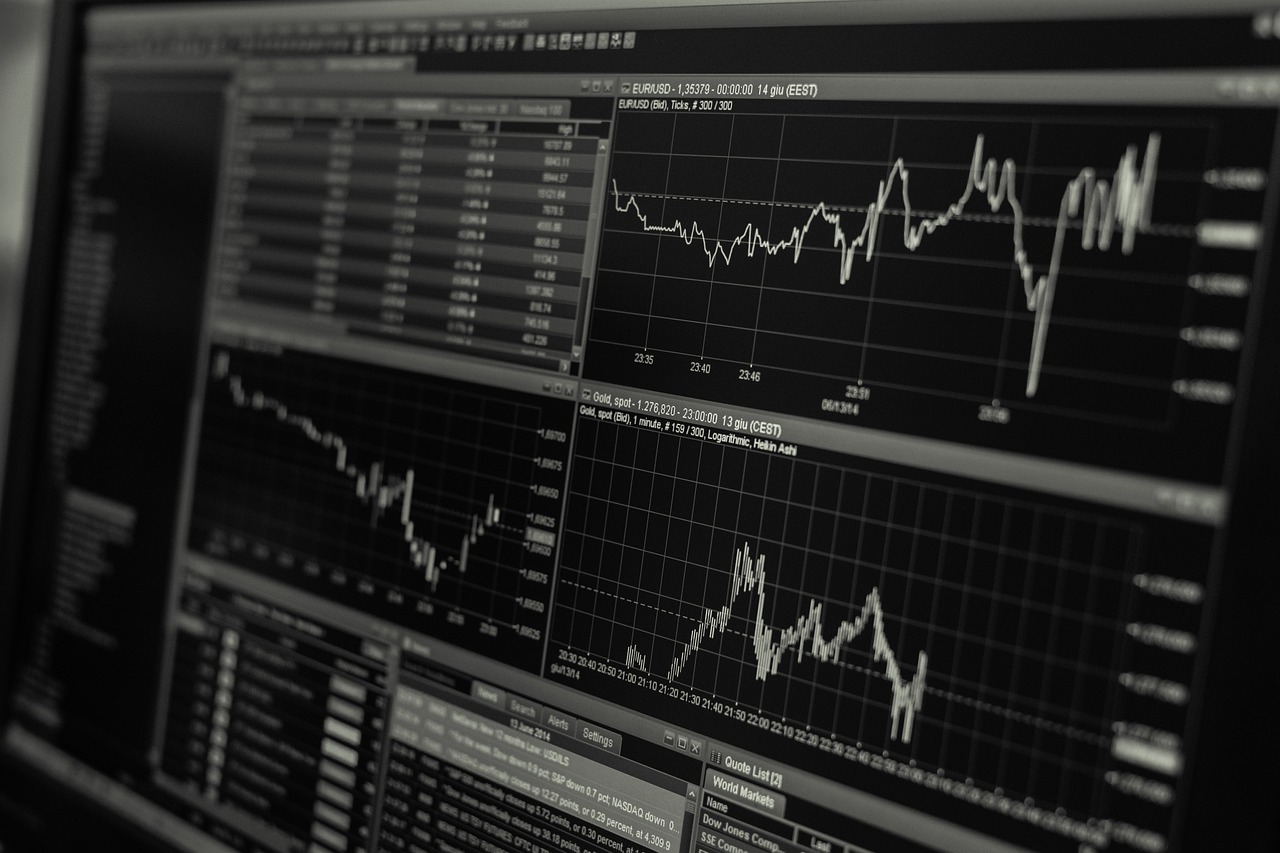Personal Finance Apps Update Data Dashboards for Transparency

In the rapidly evolving landscape of personal finance management, transparency has emerged as a critical factor for user trust and engagement. Financial technology companies worldwide are updating their data dashboards, driven by the growing demand for clearer insights and comprehensive financial oversight. This change reflects a broader trend in financial services towards user empowerment and data-driven decision-making.
Personal finance applications have become indispensable tools for millions of users seeking to track expenses, budget effectively, and set financial goals. The shift towards more transparent data dashboards is aimed at enhancing user experience by providing clearer, more intuitive access to financial data. The emphasis is on breaking down complex information into easily digestible formats, thus enabling users to make informed decisions with confidence.
Several factors contribute to this shift. The rise of data privacy concerns has prompted consumers to demand greater transparency and control over their financial information. As a result, fintech companies are responding by redesigning their platforms to offer enhanced data visibility without compromising security. Moreover, regulatory frameworks in regions such as the European Union and the United States have put pressure on financial institutions to adopt more transparent practices in accordance with data protection laws like the General Data Protection Regulation (GDPR) and the California Consumer Privacy Act (CCPA).
Industry leaders are setting the pace by integrating advanced features into their platforms. These include:
- Real-time Data Synchronization: Users can now view their financial activities as they happen, reducing delays and discrepancies in data presentation.
- Customizable Dashboards: Many apps now offer personalization options, allowing users to tailor the display of financial metrics according to their preferences.
- Detailed Financial Reports: Enhanced reporting tools break down spending habits, categorize expenses, and provide trend analyses over time.
- Intuitive Visualizations: Interactive charts and graphs simplify complex financial data, making it accessible to users without a financial background.
Globally, the move towards transparency is being embraced by both emerging and established markets. In Asia, for example, digital payment platforms are incorporating transparent dashboards to gain a competitive edge in a crowded market. Meanwhile, in Europe and North America, established financial institutions are increasingly partnering with fintech firms to offer innovative, user-friendly solutions that meet the transparency expectations of modern consumers.
Despite the progress, challenges remain. Balancing transparency with privacy and security is a delicate task. Financial apps must ensure that increased data visibility does not expose users to security risks. Continuous investment in cybersecurity measures is essential to safeguarding sensitive financial information.
Looking ahead, the evolution of data dashboards is likely to continue as technological advancements and consumer expectations evolve. As artificial intelligence and machine learning technologies become more prevalent, personal finance apps will likely integrate predictive analytics to offer users proactive financial advice, further enhancing the role of transparency in personal finance management.
In conclusion, the push for transparency in personal finance apps is reshaping the industry. By prioritizing user-centric design and clear data presentation, fintech companies are fostering a more informed and empowered user base. As this trend gains momentum, it sets a new standard for how financial services are delivered in the digital age, ensuring that transparency becomes a cornerstone of personal finance management.
















